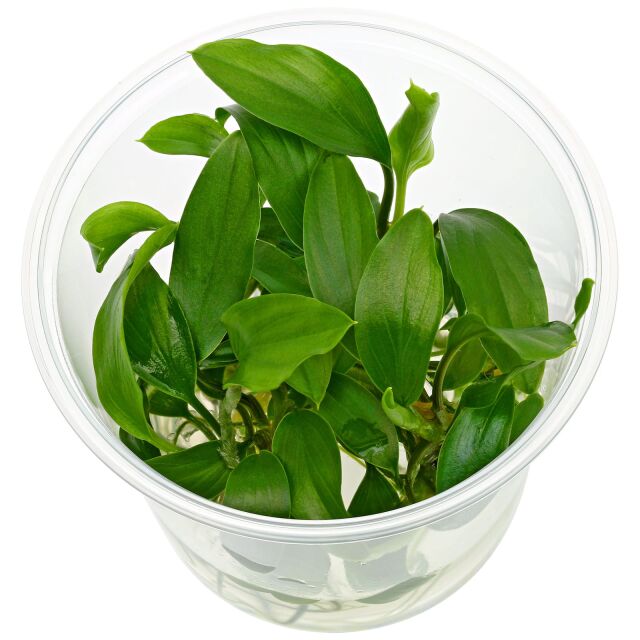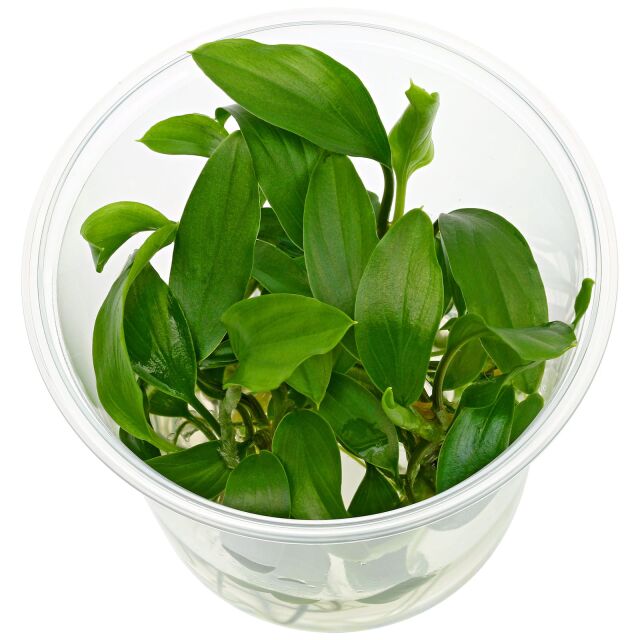


Homalomena sp.
- Robust aroid from tropical Asia
- Getting more than 30 cm high
- New and still rare in trade
Sign in or Register
Item question
We’re here for you!
Please enter your question and e-mail and we’ll contact you as soon as possible. It usually takes us up to 24 hours during business days to respond.
Thank you for your question!
Thank you, we’ll get in touch!
Close window
You already sent us a question.
Please wait a few minutes
Description
This tropical aroid is probably Homalomena sp. "Sekadau" that originates from Borneo. This Homalomena belongs to the so-named Chamaecladon group but is not yet determined to species. Many species of that group occur as rheophytes in the flood zone of fast-flowing streams and rivers in Southeast Asia and are able to grow above and under water. Submerged Homalomena sp. develops an upright, stem-like rhizome with leathery, medium to dark green lanceolate leaves and an extensive root system. It may reach a height of 30 cm and more. Occasionally side shoots appear on the rhizome. Small, green inflorescences in the leaf axils appear not only on the emersed but also on the submerged plant.
In our experience, Homalomena sp. is an undemanding, robust, slowly but steadily growing aquarium plant. However macro- and micronutrient supply via the water column and CO2 addition promote its growth. It can be fastened to the hardscape or fixed to the ground but the rhizome must not be buried. The plant roots by itself and benefits from the nutrients in the substrate. Long shoots with leafless lower parts can be cut back and will develop side shoots after that. The shoot tip can be fastened again.
Homalomena species are not as familiar as e.g. Anubias and Bucephalandra from the same plant family but deserve more attention by aquarium hobbyists. With its tangled root mass, Homalomena sp. fits well into aquariums with jungle-like appearance, together with mosses and ferns. In "geographically correct" Asia-themed aquariums, it is a substitute for similarly looking Anubias that are native to Africa. This plant is also interesting for humid terrariums and paludariums.
General information
Please choose a variant to see more information.
| Item no. |
|
| EAN | |
| Weight | |
| Shipping weight |
Customers ask customers
You have questions about this product? Ask other customer or our support team about this product!